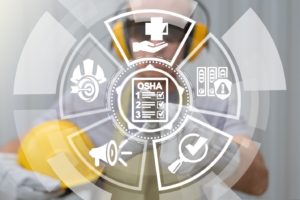
Health and Safety Red Flags in Academic Institutions
Many cutting-edge technologies are conceived in academic laboratories where hazardous chemicals and safety risks can be prevalent. As such, health and safety protocols are just as important in educational institutions as they are in industries. Recent accidents within academic institutions




